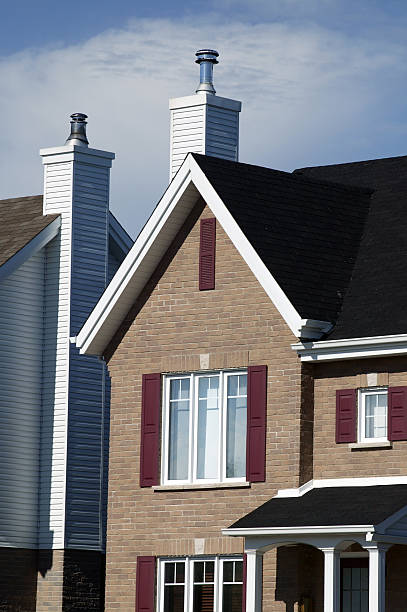
The smokestack is where the gases that are produced from your chimney passes. For you to enjoy your fireplace your chimney should function in the best way possible. Insulation of the interior side of the chimney is done with a liner to provide a safe exit of toxic gases and surplus warmth.The liners ensures excess heat and the gases are transferred outside without interfering with the combustible materials in the house or adjacent to the fireplace. It is imperative to do an exploration on the best liners you can use for your smokestack. In any case, it is critical to consider the sort of gushing gases that are discharged by the fire you produce.Different combustible materials emit a different kind of gases and the effects of these gases also vary. The consequences of some of these gases is fatal thus you ought to be knowledgeable about them to avoid the risks they can cause.
The liners can be made from different materials like stainless steel or aluminum.Stainless steel liners are usually the best if you are doing repairs to your old chimney. Another sort of liners that can be used in your chimney is the cast liners.Cast liners are light in weight, insulated products that are inserted in the chimney to create a smooth passage of flue gases from your house. After some time the cast liners can finally form a durable liner in your chimney that can transfer all sorts of toxic gases. The cast liners likewise help to reinforce old fireplace, in this manner they can be the best decision to consider in the event that your smokestack is old. The liners can likewise be made of mud tiles and these are the most mainstream liners since they are modest and promptly accessible. The most excellent and guaranteed liners are those made of stainless steel.
A chimney without liners can result to fire to the surrounding burnable items in the house since the surplus heat will not be emitted safely.The liners guard the chimney that is made of stones from harmful by-products of the fire.If the heat and the gases emitted from the fireplace are allowed to penetrate the bricks or the stones of the chimney there will be severe damage. Long introduction of the overabundance warmth and the gases to the stack without any liners will result in the auxiliary harm of the walls of the fireplace.This is because the gases emitted from the fire are usually acidic thus they will corrode the mortar joints which can pose a serious danger to your home.
